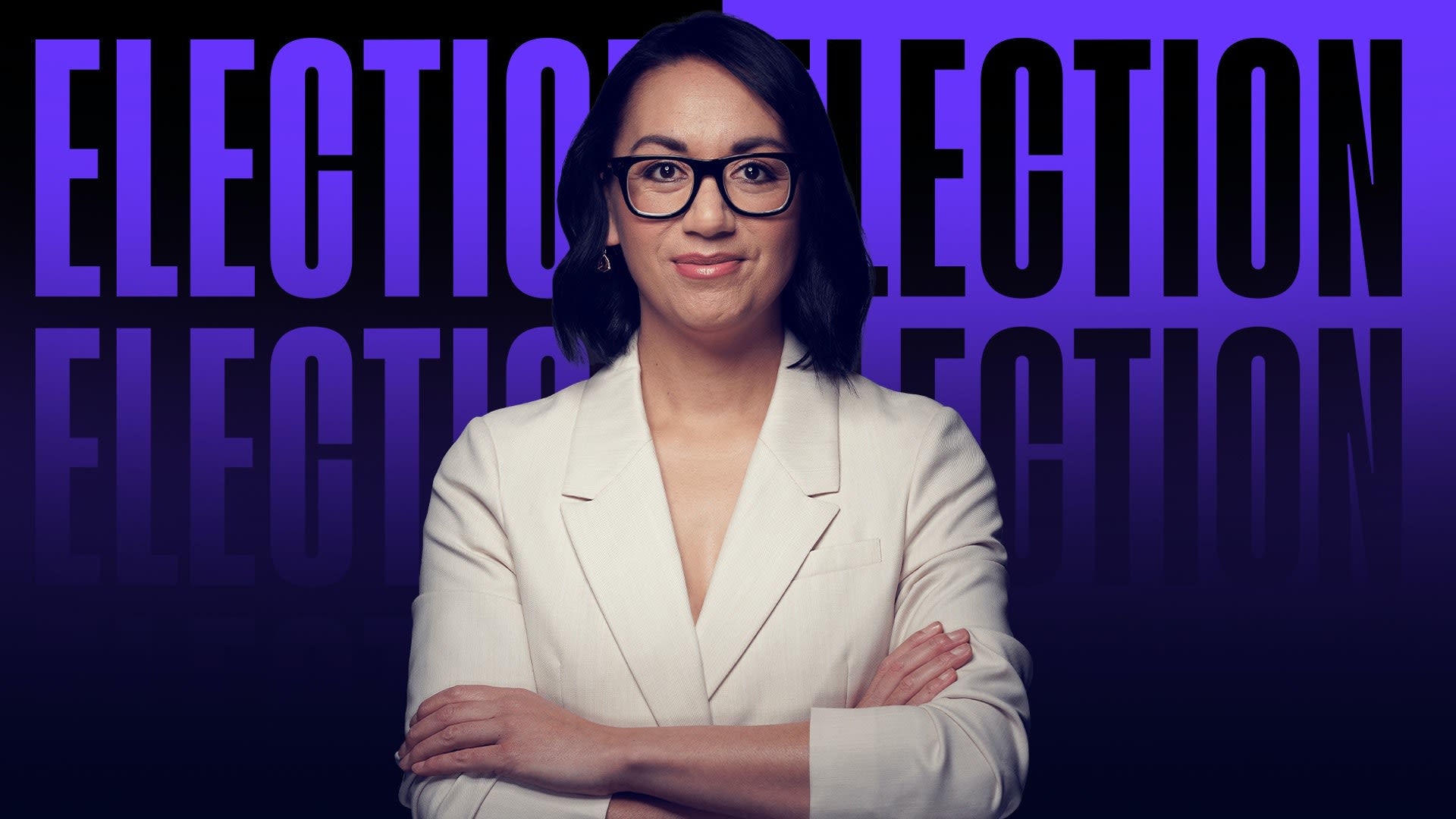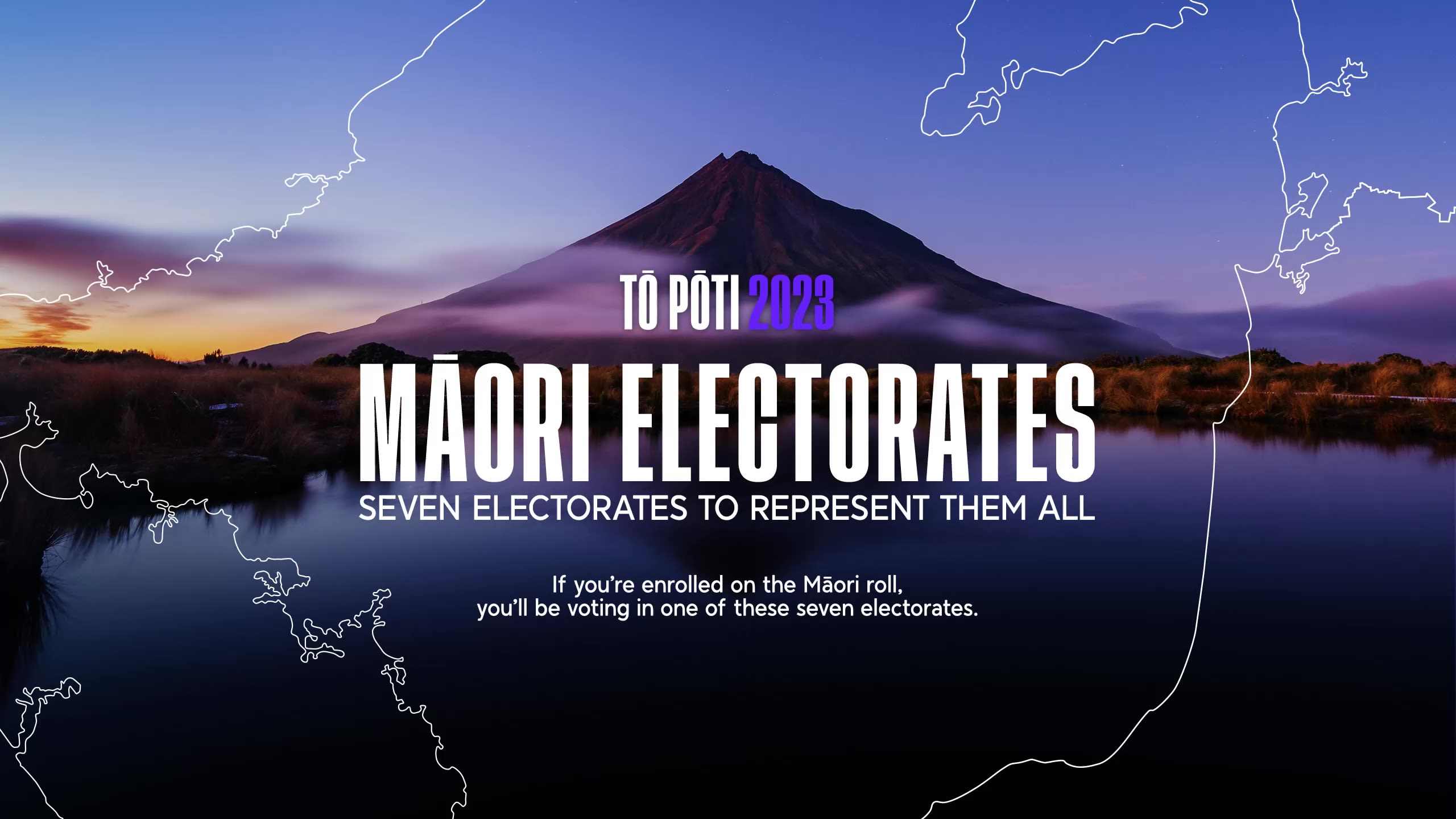
Why are there only seven Māori electorates?
The number of Māori electorates is determined by the number of Māori voters on the Māori roll – in 2018, there were 247,494.
The size of each electorate is based on population numbers.
From March 31 this year, enrolled Māori voters could choose to switch rolls from general to Māori at any time up until three months before the election, and whichever roll you choose, you get two votes: one for a candidate and one for a party.
The last day for Māori to switch rolls was July 14.
The electorate boundaries are reviewed every five years, and the next review will take place before the 2026 General Election.
WHAT ARE THE TOP ISSUES?
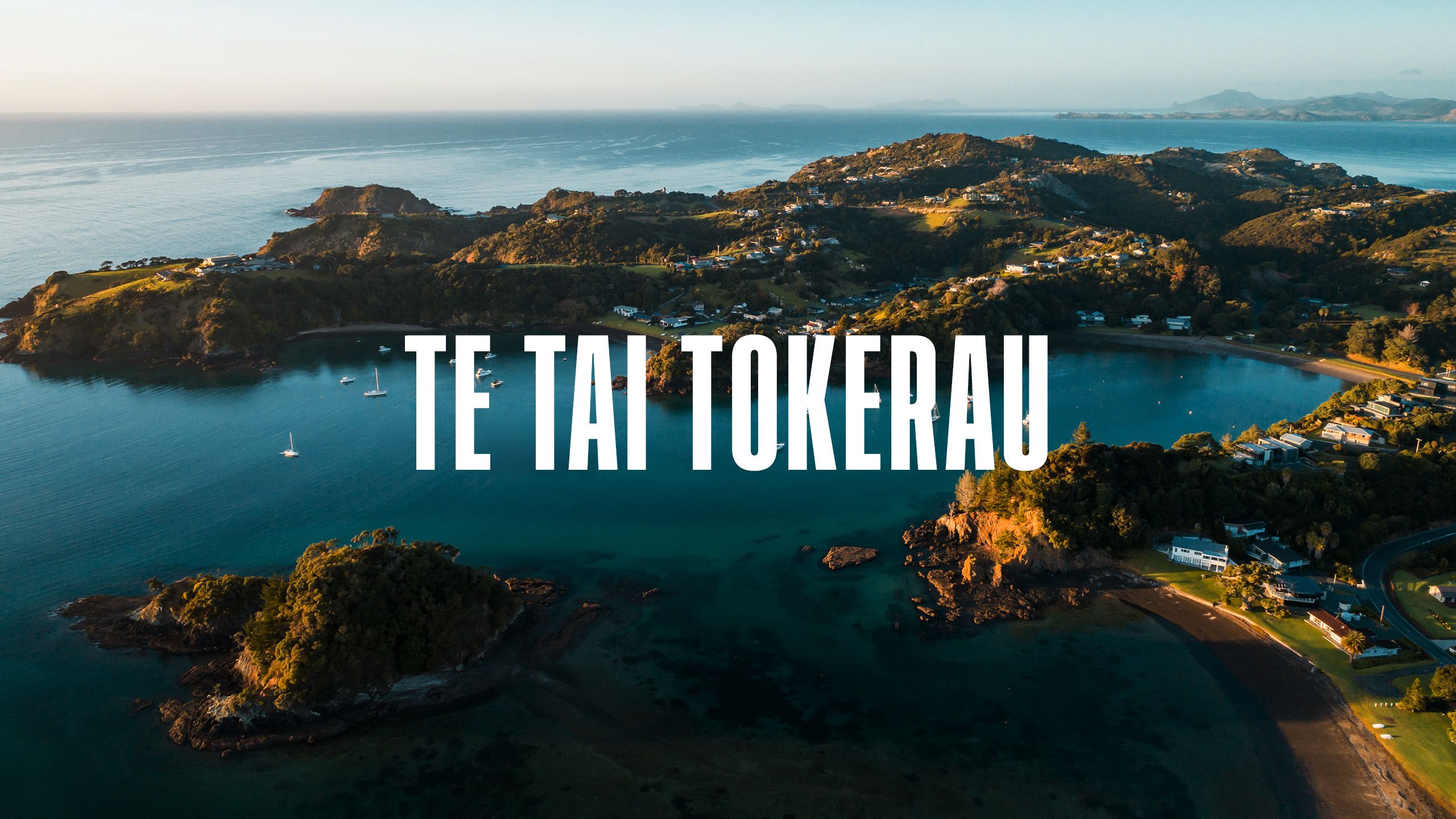
The Battleground
Te Tai Tokerau covers the top end of the North Island – from Cape Reinga/Te Rerenga Wairua to the North Shore and some Western suburbs of Auckland. Other city and town centres within the electorate include Warkworth, Wellsford, Mangawhai, Dargaville, Whangārei, Kaikohe, Paihia, Russell, Kerikeri, and Kaitaia. Twelve general electorates intersect with the Te Tai Tokerau electorate.
Meet the candidates
Labour Party’s deputy leader Kelvin Davis is the incumbent Te Tai Tokerau MP and has held the seat since 2014. But he’ll be up against strong opposition in Hūhana Lyndon from the Greens and Mariameno Kapa-Kingi of Te Pāti Māori, as well as experienced campaigners in Maki Herbert of Aotearoa Legalise Cannabis Party, and independent candidate Paturiri Toautu.
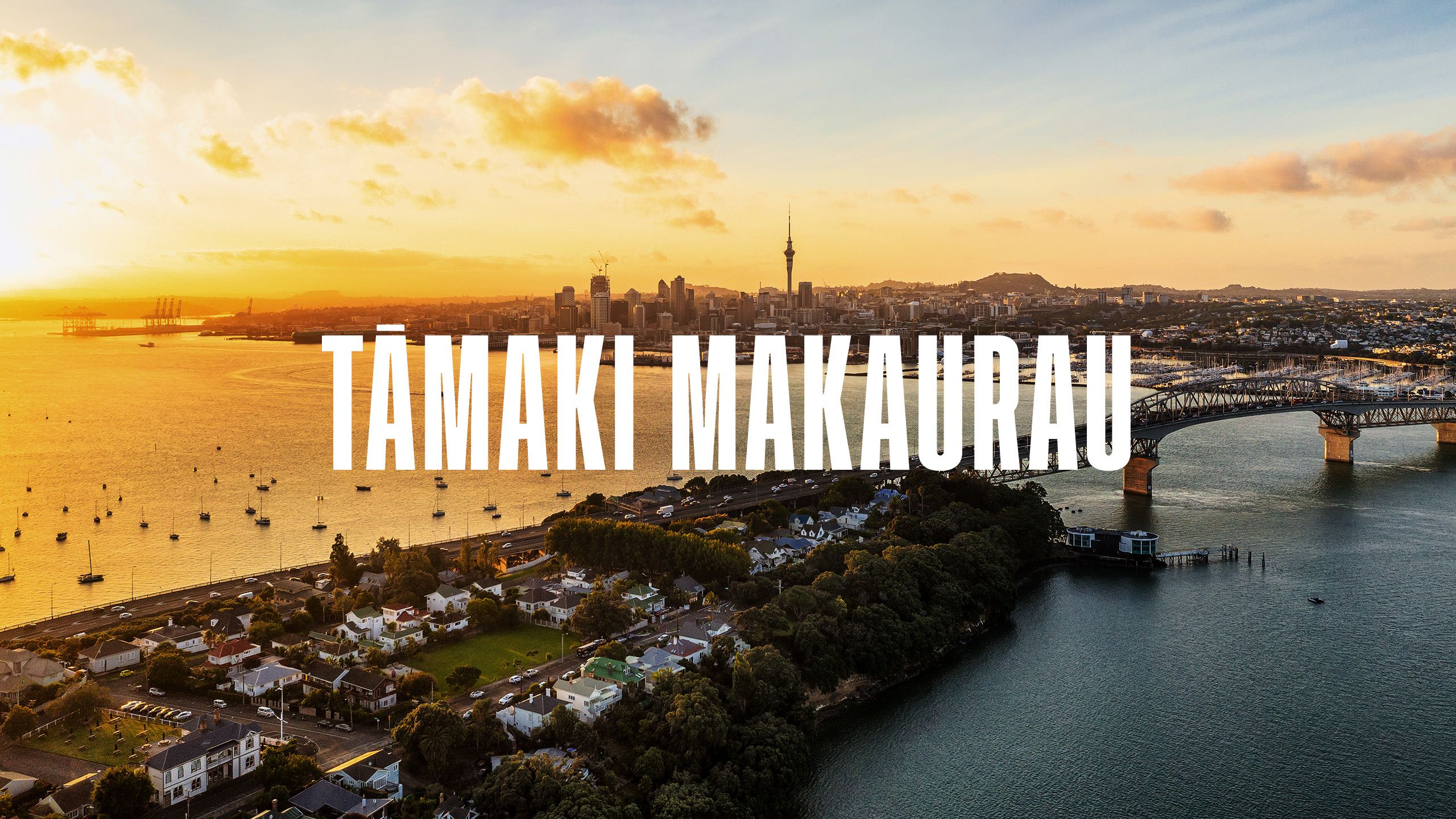
The Battleground
Tāmaki Makaurau is the smallest of the Māori electorates in terms of land area, and it’s also the most urban, being centred by the country’s largest city from which it takes its name. It also includes Waiheke Island.
Fifteen general electorates intersect with the Tāmaki Makaurau electorate.
Meet the candidates
Peeni Henare has held the Tāmaki Makaurau seat for Labour since 2014, but he faces some strong contenders for it: Takutai Tarsh Kemp from Te Pāti Māori, the Greens’ Darleen Tana, Hinurewa Te Hau of National, and Hannah Tamaki for Vision NZ.
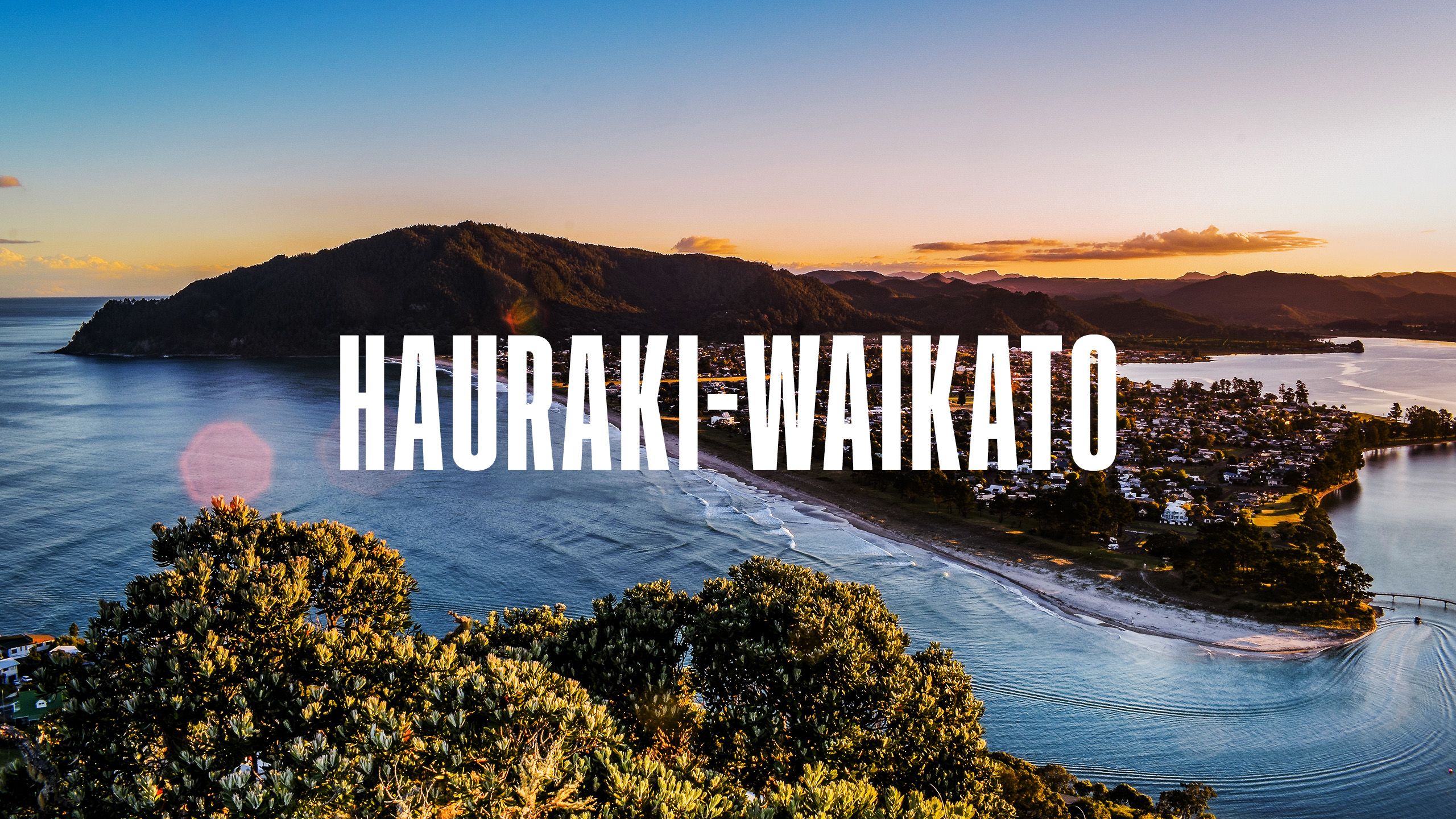
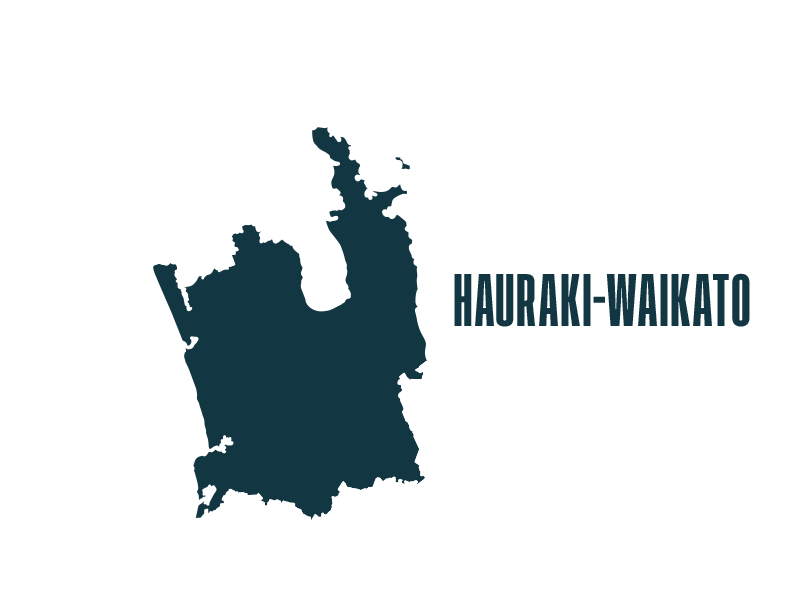
The Battleground
Hauraki-Waikato covers part of the Auckland and Waikato regions – from the Manukau Harbour to south of Te Awamutu and across to Matamata in the east, and Kawhia in the west. The electorate also includes the Coromandel Peninsula.
Main centres include Hamilton, Huntly, Ngāruawāhia, Pukekohe, Papakura, Matamata, Cambridge, Thames, Whitianga, Paeroa, Te Aroha, Te Awamutu, and Raglan.
Eight general electorates intersect with the Hauraki-Waikato electorate.
Meet the candidates
Labour Party’s Nanaia Mahuta has held the Hauraki-Waikato electorate since its inception in 2008. She is campaigning again for the seat but faces fresh competition from newcomer, and youngest Te Pāti Māori candidate, Hana-Rawhiti Maipi-Clarke, and experienced campaigner Donna Pokere-Phillips from the Outdoors Party.
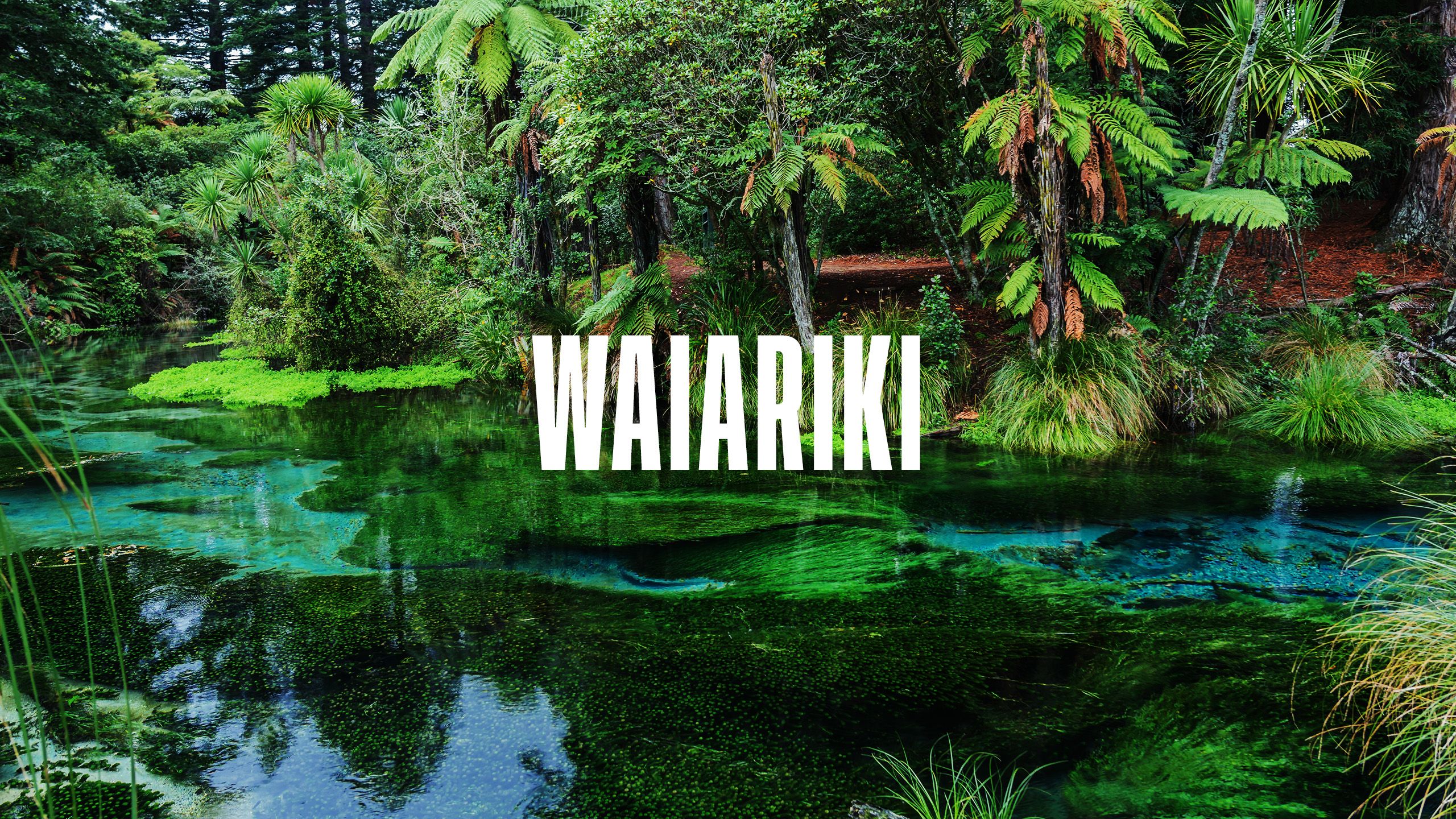
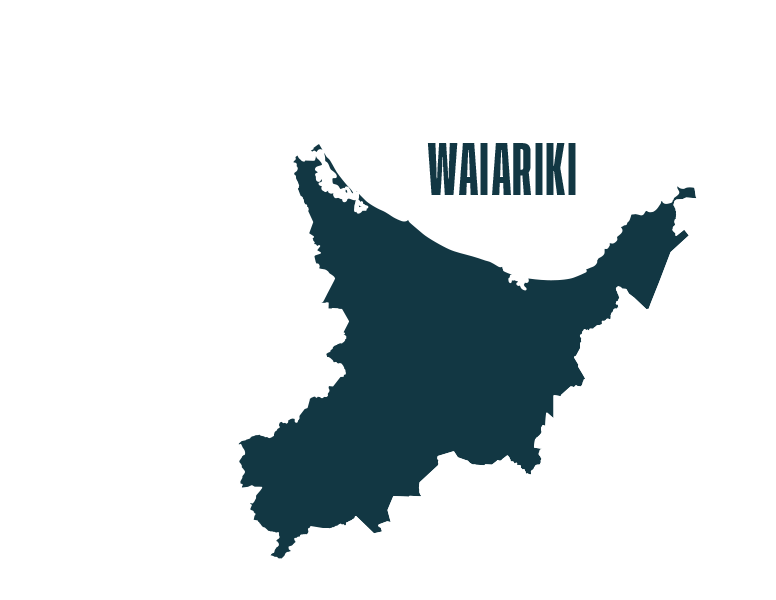
The Battleground
The Waiariki electorate covers the Bay of Plenty region and Taupō district. It forms an approximate triangle with points at Cape Runway out east, the Kaimanawa Mountains south of Tūrangi, and Waihi Beach out west. The electorate’s main centres include Tauranga, Whakatāne, Rotorua, and Taupō.
Seven general electorates intersect with the Waiariki electorate.
Meet the candidates
Te Pāti Māori co-leader Rawiri Waititi will mount another campaign to defend his seat of Te Waiariki this election. He faces two contenders: Labour Party’s Toni Boynton and Charles Tiki Hunia from Vision NZ.
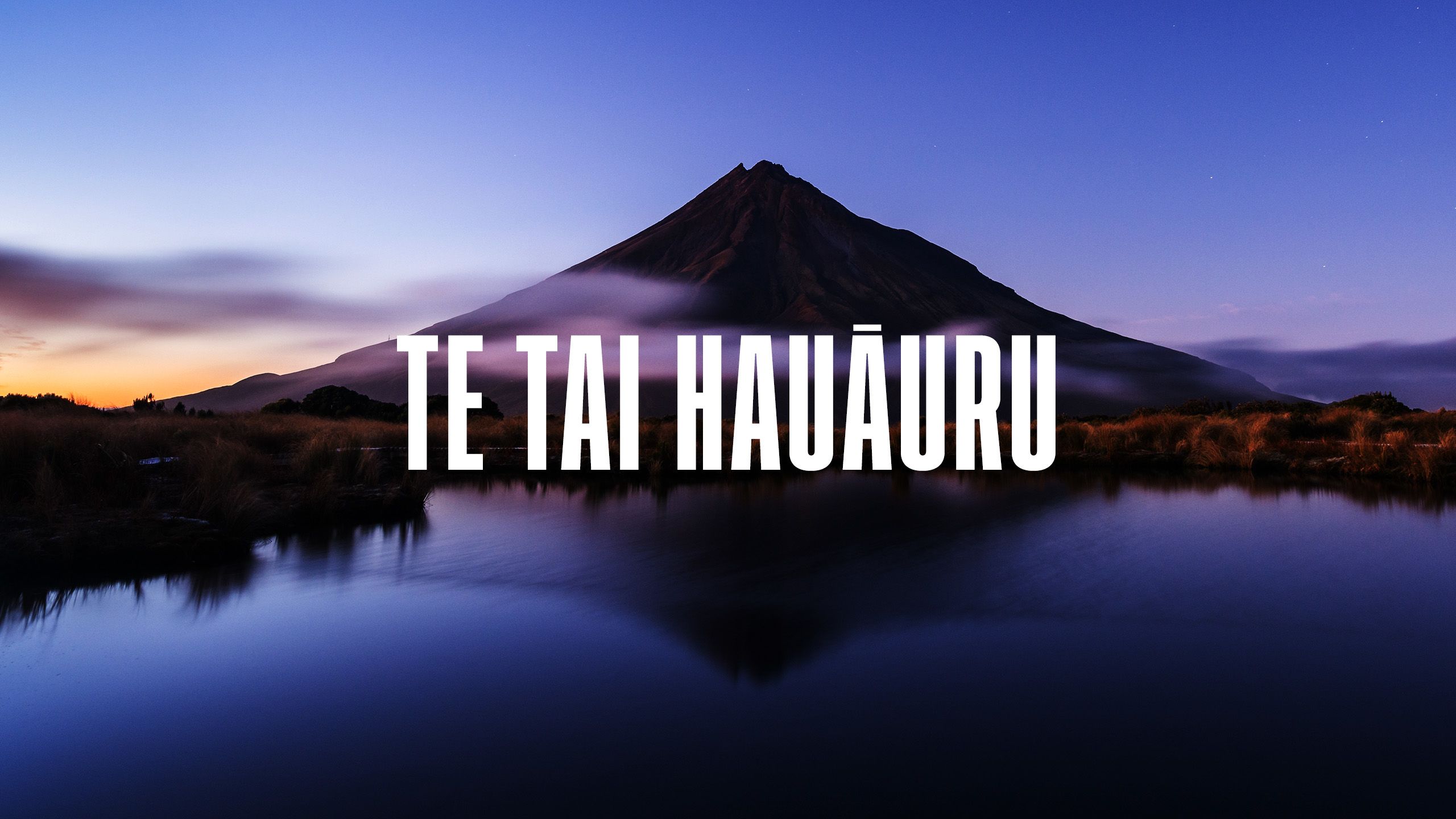
The Battleground
Te Tai Hauāuru covers the western North Island and is the second largest Māori electorate in land area. Its boundaries stretch from Kawhia Harbour, up through the Taranaki and Manawatu-Whanganui regions, towards the head of the island to Porirua, and from Porirua heading north-westerly down the length of the Tararua and Ruahine Ranges, skirting Lake Taupo and reaching as far as Putaruru, and back across to Kawhia.
Ten general electorates intersect with the Te Tai Hauāuru electorate, and it includes the cities of New Plymouth, Whanganui, and Palmerston North.
Meet the candidates
Te Tai Hauāuru will be a hotly contested seat as incumbent MP Adrian Rurawhe vacates to become a list MP for Labour. Soraya Peke-Mason is stepping up for Labour against fierce rivalry in the form of Debbie Ngarewa-Packer, co-leader of Te Pāti Māori, National’s Harete Hipango, and newcomer Paris Winiata from Vision NZ.
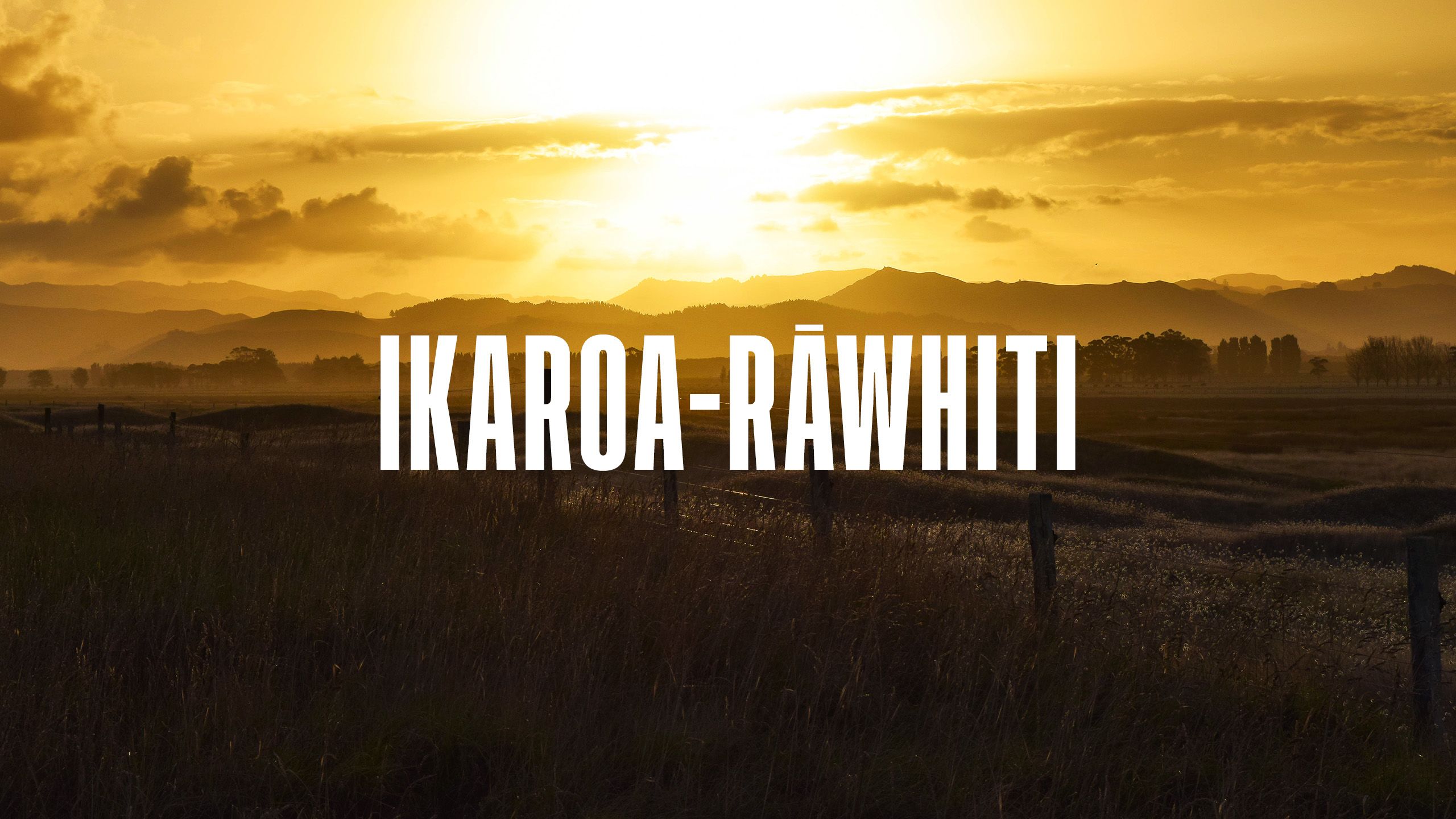
The Battleground
The Ikaroa-Rāwhiti electorate, as its name reveals, covers the eastern North Island. Its main centres include Gisborne, Hawke’s Bay, Wairarapa, as well as most of the Hutt Valley and Wainuiomata.
Six general electorates intersect with the Ikaroa-Rāwhiti electorate.
Meet the candidates
Ikaroa-Rāwhiti has been held by the Labour Party since its establishment, first by Parekura Horomia until his death in 2013. Former Labour MP Meka Whaitiri won the subsequent by-election and has held the seat since then, but she defected to Te Pāti Māori earlier this year. So will voters follow her lead?
Or will Labour’s new candidate Cushla Tangaere-Manuel continue the party’s unbroken legacy?
Wellington-based Ata Tuhakaraina of Vision NZ has also thrown his hat into the ring.
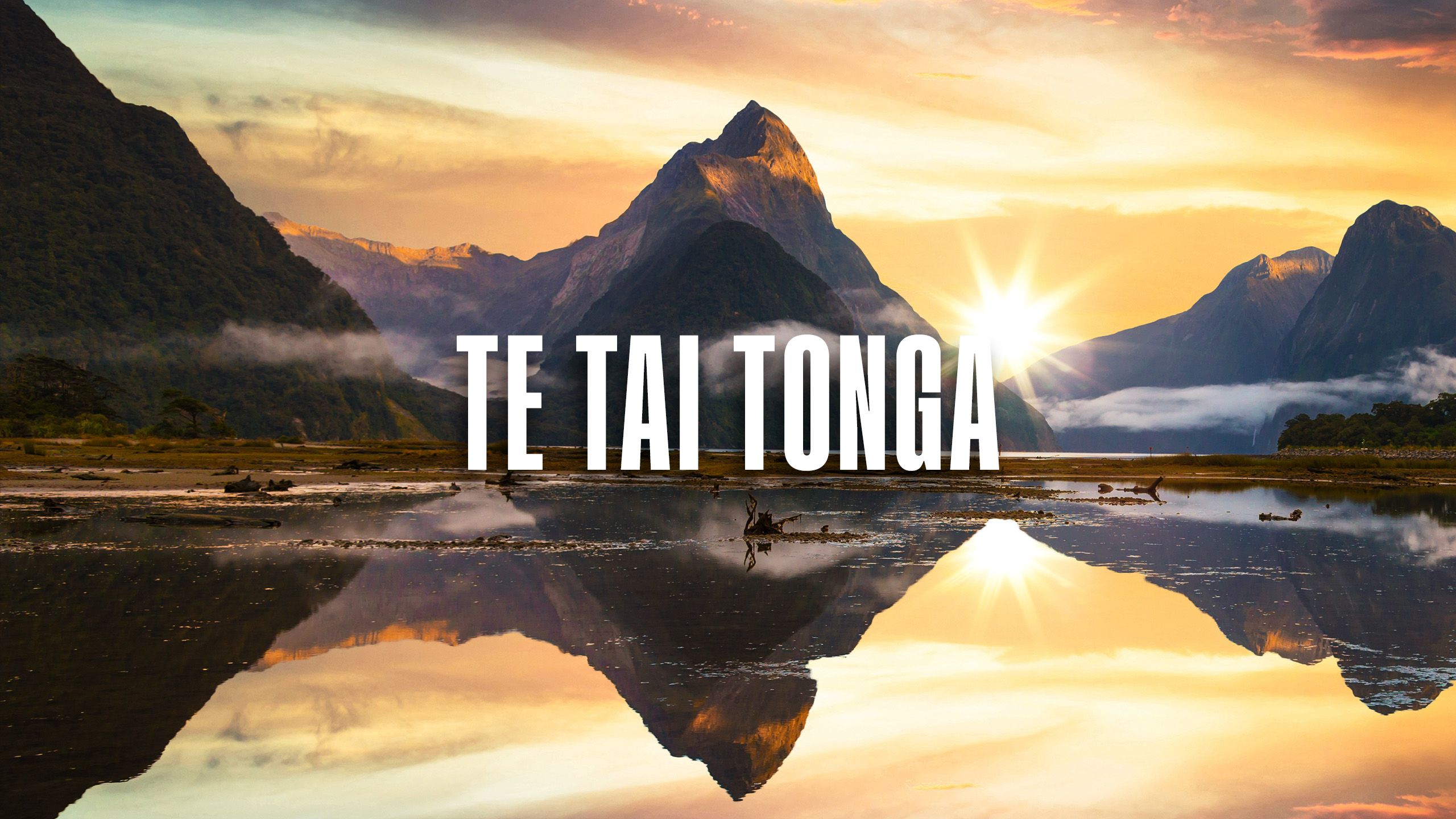
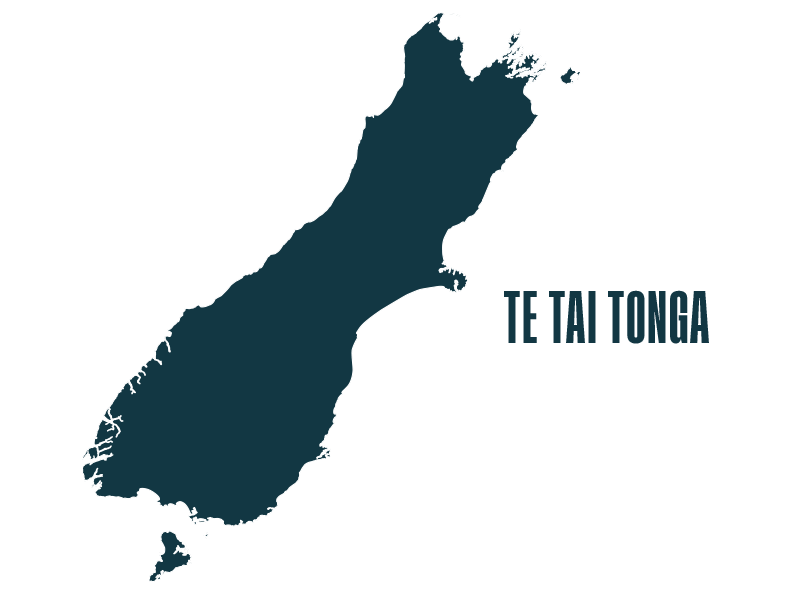
The Battleground
Not only is Te Tai Tonga the biggest Māori electorate, but it’s the biggest electorate overall, at 153,671 sq km. It covers all of the South Island/Te Waipounamu, Stewart Island/Rakiura, the Chatham Islands/Rēkohu, and crosses over the Cook Strait to include Wellington and parts of the Hutt Valley. Twenty general electorates intersect with Te Tai Tonga.
Meet the candidates
In 2020, Labour’s Rino Tirikatene won the seat with a 6855 margin ahead of Tākuta Ferris of Te Pāti Māori. Both are standing again – will this election see the same story play out?
Tirikatene has held Te Tai Tonga since 2011, unseating incumbent Rahui Katene of Te Pāti Māori, and fending off stiff competition in following elections from the likes of Georgina Beyer who once stood for MANA and former Green Party co-leader Metiria Turei.
Ferris will want to return the electorate to the party after a 12-year absence, but it will be an uphill battle.
Independent Geoffrey Karena Fuimaono Puhi and Aotearoa Legalise Cannabis’ Rebecca Robin have also put their hands up to contest the seat.
Watch the Kaupapa Māori Debate hosted by 1News deputy political editor Maiki Sherman via TVNZ+.

